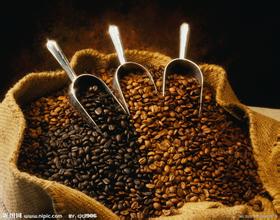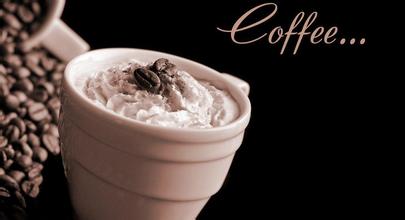Video introduction to the processing process of coffee fruit composition in coffee bean structure diagram
Coffee Bean Structure Diagram Coffee Fruit Composition Processing Process Video Introduction
These coffees are roasted by my Probat 12KG roaster. Thanks to the sample stick design of the machine, I can extract and store samples from any batch of beans at any time. Differences based on temperature detection The baking temperatures given below may differ from those of other baking machines. Ignore the label for baking time and refer to temperature as a floating interval. What we want to show is just how the color, appearance, and surface texture of the coffee beans change during the roasting process that my Probat 12KG roaster roasts. Thanks to the sample stick design of the machine, I can extract and store samples from any batch of beans at any time. Differences based on temperature detection The baking temperatures given below may differ from those of other baking machines. Ignore the label for baking time and refer to temperature as a floating interval. All we want to show is the color, appearance, and texture of the coffee beans as they are roasted. The fruit is coated with a hard cut skin, a gelatinous pulp, an endocarp, a silver skin, and a green seed, coffee beans.
Seeds are usually present in pairs of two, each hemispherical, flat, and combined into an ellipsoid, which is called a flat bean, and about 5 -10% of the seeds are single ellipsoids, which are called pea berries. Due to the scarcity of round beans, they are often made into brand-name products with higher prices. There is also a concave groove in the middle of the seed, called the center cut, which is also covered with silver skin.
These coffees are roasted by my Probat 12KG roaster. Thanks to the sample stick design of the machine, I can extract and store samples from any batch of beans at any time. Differences based on temperature detection The baking temperatures given below may differ from those of other baking machines. Ignore the label for baking time and refer to temperature as a floating interval. What we want to show is just how the color, appearance, and surface texture of the coffee beans change during the roasting process that my Probat 12KG roaster roasts. Thanks to the sample stick design of the machine, I can extract and store samples from any batch of beans at any time. Differences based on temperature detection The baking temperatures given below may differ from those of other baking machines. Ignore the label for baking time and refer to temperature as a floating interval. What we want to show is only the color, appearance and surface texture of the coffee beans during the roasting process
Coffee is grown from seeds with endocarp. The green coffee beans we usually come into contact with have their endocarp removed, so they cannot be planted.
The endocarp ("parchment" or "parchment") is the dark brown crust that surrounds the coffee seeds, and the coffee beans attached to that skin are called "shelled beans"("parchment beans").
The fruit usually has two pairs of seeds, but occasionally there is only one seed in the fruit, called Pea berry.
The coffee we usually drink is made from the most central seed of coffee fruit after roasting, grinding, brewing and other steps.
Coffee fruits are transformed into green coffee beans by three main processes: drying, washing and semi-washing

Important Notice :
前街咖啡 FrontStreet Coffee has moved to new addredd:
FrontStreet Coffee Address: 315,Donghua East Road,GuangZhou
Tel:020 38364473
- Prev

What's the difference between washed coffee beans and sun-cured coffee beans? honey-treated coffee beans are washed in the sun
What is the difference between the taste of washed coffee beans and sun-dried coffee beans-honey-treated coffee beans, sun-washed coffee water content of 12% to 13%, and dry coffee water content of 11% to 12%. General coffee beans show different colors due to their different water content, with higher water content being green or cyan, and less brown or near white. Therefore, the washed coffee beans are presented.
- Next

Coffee Bean producing countries in North America-Coffee Flavor description Grinding scale Variety producing area
North American coffee bean producing country-Coffee Flavor description Grinding scale Coffee Variety region introduces this major coffee producing country in Central America, where the coffee tastes comfortable and charming fragrance. The Mexican coffees selected are Coatepec, Huatusco and Orizaba, among which Cottpe is considered to be one of the best in the world. With Mexico,
Related
- Guji coffee producing area of Guji, Ethiopia: Humbela, Shakiso, Wulaga
- What is the most expensive variety of Qiloso in BOP multi-variety group?
- How to store the coffee beans bought home?
- Why are Yemeni coffee beans so rare now?
- Ethiopian Sidamo all Red Fruit Sun Sun Santa Vini Coffee beans
- SOE is mostly sour? What does it mean? Is it a single bean? what's the difference between it and Italian blending?
- Is Italian coffee beans suitable for making hand-brewed coffee?
- How to choose coffee beans when making cold coffee? What kind of coffee beans are suitable for making cold coffee?
- Just entered the pit to make coffee, what kind of coffee beans should be chosen?
- Can only Japan buy real Blue Mountain Coffee? What are authentic Jamaican Blue Mountain coffee beans?

